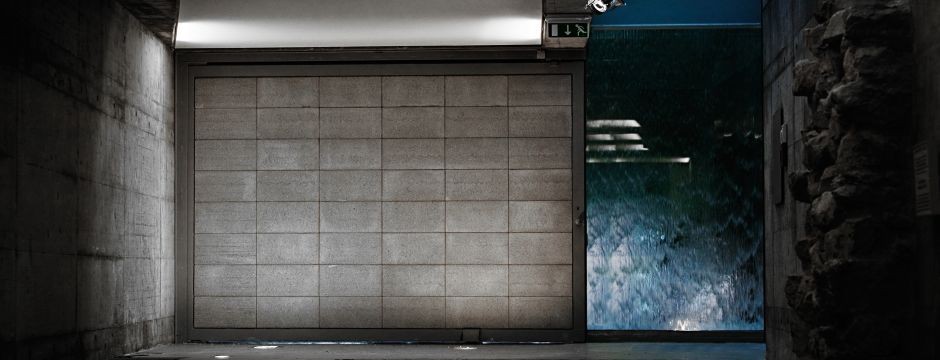Pécs, 2007
Senior designer: Dr Zoltán Bachman, DLA, Kossuth and Ybl Prize laureate architect
Designers: Bálint Bachmann, DLA, Ybl Prize laureate architect; Krisztián Kovács-Andor, DLA; Mihály Schrancz, DLA; Magdolna Horváth, DLA; György Stocker, DLA; György Halász, DLA; Klára Benedek née Soós; Dezső Benedek; Eszter Temesi; Ferenc Nagy; László Péterffy; József Schubert; Dr Tibor Kukai; Éva Szabó, DLA
The Cella Septichora Visitors’ Centre was funded from a grant of the European Union. The Early Christian Necropolis of Pécs became a World Heritage listed site in 2000. The only early Christian cemetery complex to be built above ground in Europe, and probably in the world, it is now under the surface of the city. The various underground structures are connected with a suspended steel mesh walkway, which represents the ground level of the Roman cemetery. Wherever possible, glass surfaces were inserted in the current pavement, which provides illumination for the ruins, and helps visitors to apreciate that this is no catacomb: they are walking among what were once memorial chapels on the surface. The entrance is accessible from the promenade. The highly metaphoric front features a translucent concrete gate (LiTraCon, Áron Losonczi), and a glass surface on which water flows, a symbolic element of early Christianity. The water flows down the wall from the glass roof of the corridor which leads into the space of the seven-apse Cella Septichora, which is covered by a vast glass ceiling of nearly 300 square metres. The overhead bridge structure is an emphatic part of the episcopal representation. When illuminated at night, the cross that “lies” on the glass surface creates further associations of early Christianity.
Photography: Tamás Bujnovszky







